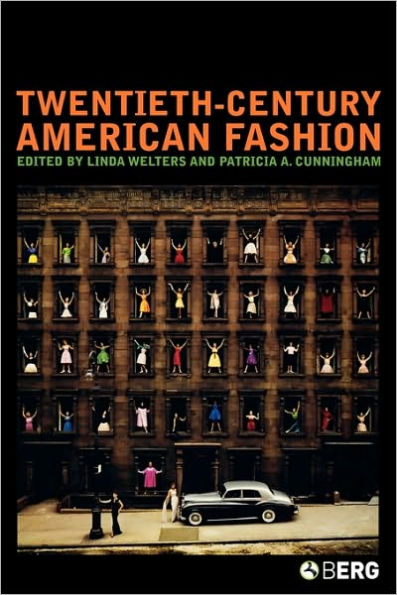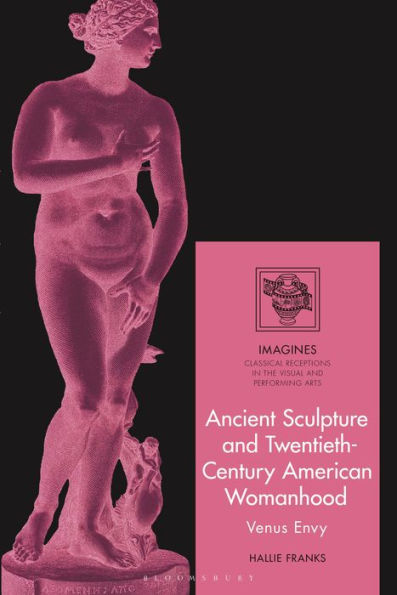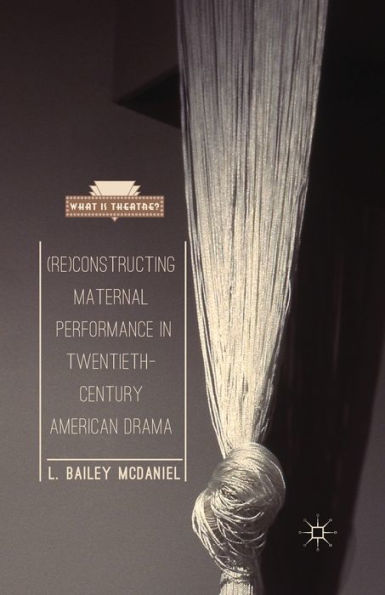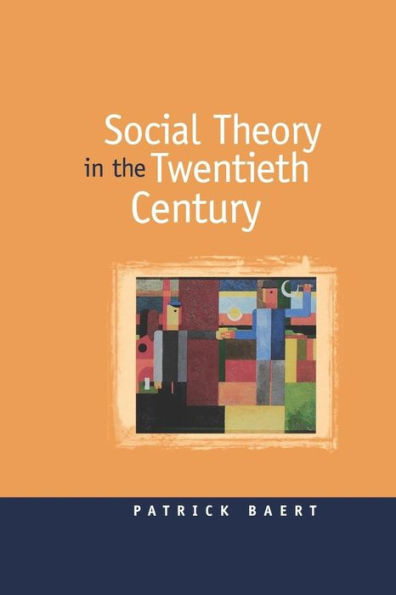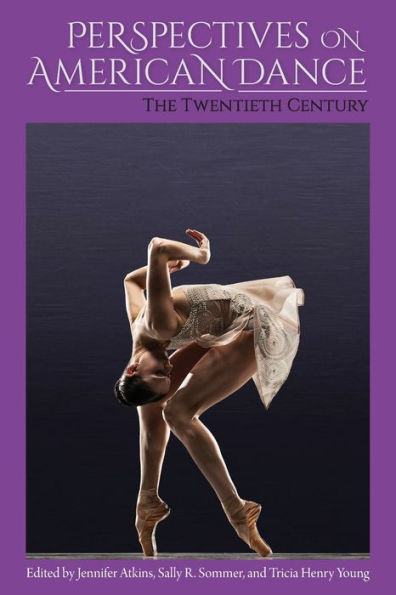Home
Class in Twentieth-Century American Sociology: An Analysis of Theories and Measurement Strategies
Barnes and Noble
Class in Twentieth-Century American Sociology: An Analysis of Theories and Measurement Strategies
Current price: $95.00
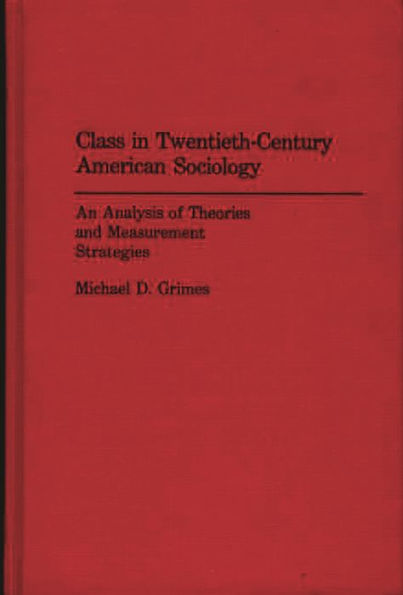

Barnes and Noble
Class in Twentieth-Century American Sociology: An Analysis of Theories and Measurement Strategies
Current price: $95.00
Size: OS
Loading Inventory...
*Product information may vary - to confirm product availability, pricing, shipping and return information please contact Barnes and Noble
Michael Grimes looks at the voluminous scholarly literature published by American social scientists in the twentieth century and provides an overview and critique of the major theories, conceptualizations, and measurements of class inequality. No book published since the late fifties has had such scope. This volume assembles a framework for interpreting and understanding the changing character of the theories and methodologies used by scholars to study class inequality based on two schools of social theoryorder and conflicteach with different assumptions about human nature and society, and about the unique role(s) that class plays in society. Grimes contends that theoretical perspectives result from the interaction of the unique biographies of theorists with the sociohistorical, ideological, and disciplinary settings within which they work, and that the relative popularity of perspectives on the subject within the discipline has varied over time as the setting has changed.
Part I of the book assesses the diverse perspectives on class inequality of early American sociologists. Part II examines the rise of functionalism within American sociology and its subsequent application to the issue of class inequality. Two conflict perspectives on inequalitylabeled neo-Weberian and neo-Marxist theoriesare discussed in Part III, while Part IV provides a summary and concludes that there is evidence of a convergence of sorts among contemporary perspectives on class inequality within the discipline. The colume is organized to facilitate use by graduate students and advanced undergraduate students as well as by professional social scientistsparticularly sociologists.
Part I of the book assesses the diverse perspectives on class inequality of early American sociologists. Part II examines the rise of functionalism within American sociology and its subsequent application to the issue of class inequality. Two conflict perspectives on inequalitylabeled neo-Weberian and neo-Marxist theoriesare discussed in Part III, while Part IV provides a summary and concludes that there is evidence of a convergence of sorts among contemporary perspectives on class inequality within the discipline. The colume is organized to facilitate use by graduate students and advanced undergraduate students as well as by professional social scientistsparticularly sociologists.
